You’ve just completed a home renovation project, and the walls look stunning in their fresh coat of paint. But now you’re left with a dilemma: what to do with the leftover paint? Tossing it out seems wasteful, but keeping it incorrectly could ruin its quality. The goal of this post is to solve that problem by guiding you through everything you need to know about storing leftover paint. From understanding the types of paint and their specific storage needs to periodic checks and proper disposal, this comprehensive guide has got you covered. So, let’s dive right in and ensure your paint stays fresh!
Contents
Types Of Paint And Their Storage Needs
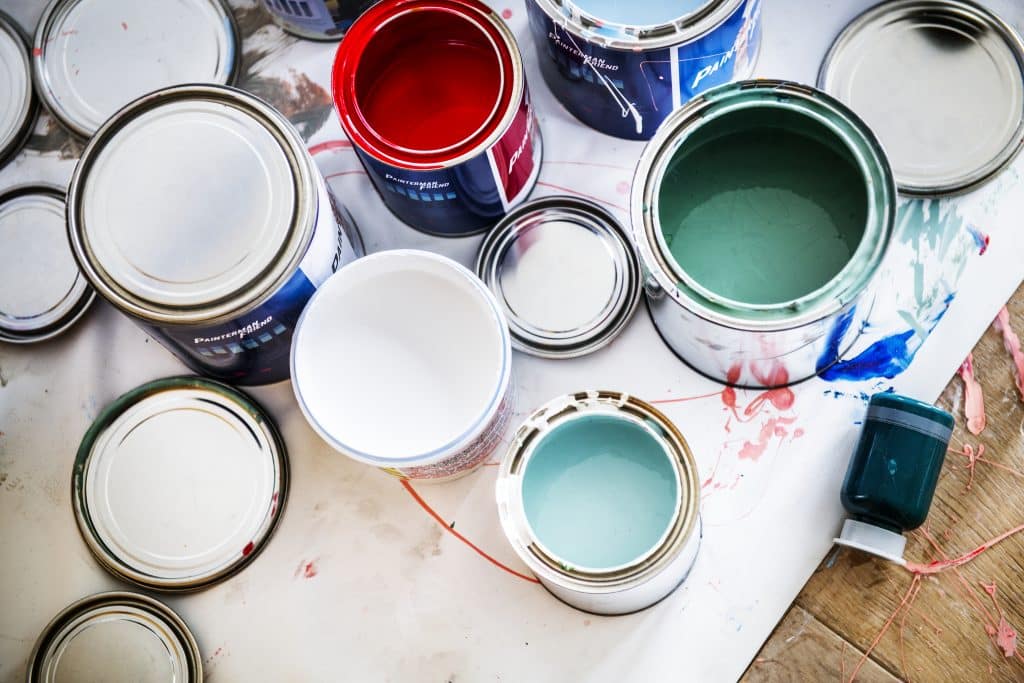
Different types of paint require different storage conditions to maintain their quality. Water-based paints, for example, are generally more forgiving when it comes to temperature fluctuations. They can be stored in a cool, dry place away from direct sunlight. The shelf life of water-based paints can extend up to 10 years if stored correctly, making them an excellent option for future touch-ups or new projects.
Oil-based paints, on the other hand, are a bit more finicky. These paints require a well-ventilated area and should be kept away from extreme temperatures. Exposure to heat or cold can cause the paint to separate or even become unusable. The shelf life of oil-based paints is generally shorter, ranging from 2 to 5 years. Knowing the type of paint you have is essential because it sets the stage for how you prepare it for storage.
Preparing Paint For Storage
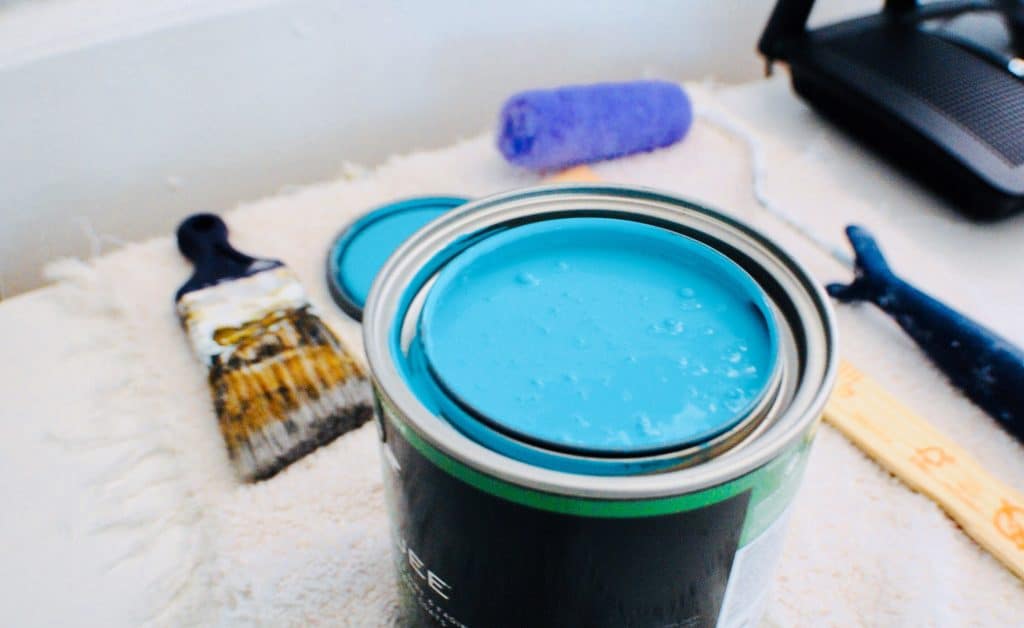
Before you stash away those paint cans, a few preparatory steps are in order. First, clean the rim of the can to ensure a tight seal. Any dried or excess paint on the rim can prevent the lid from closing properly, allowing air to seep in and compromise the paint’s quality. Use a paintbrush or cloth to wipe away any residue, ensuring a clean surface for the lid to adhere to.
Next, give the paint a good stir. This ensures the paint’s components are well-mixed, leading to better storage conditions. If the paint has separated a bit, stirring will bring it back to a consistent state, ready for future use. Once the paint is prepared, the next step is to choose the right container for storage, which is crucial for maintaining its longevity.
Choosing The Right Container
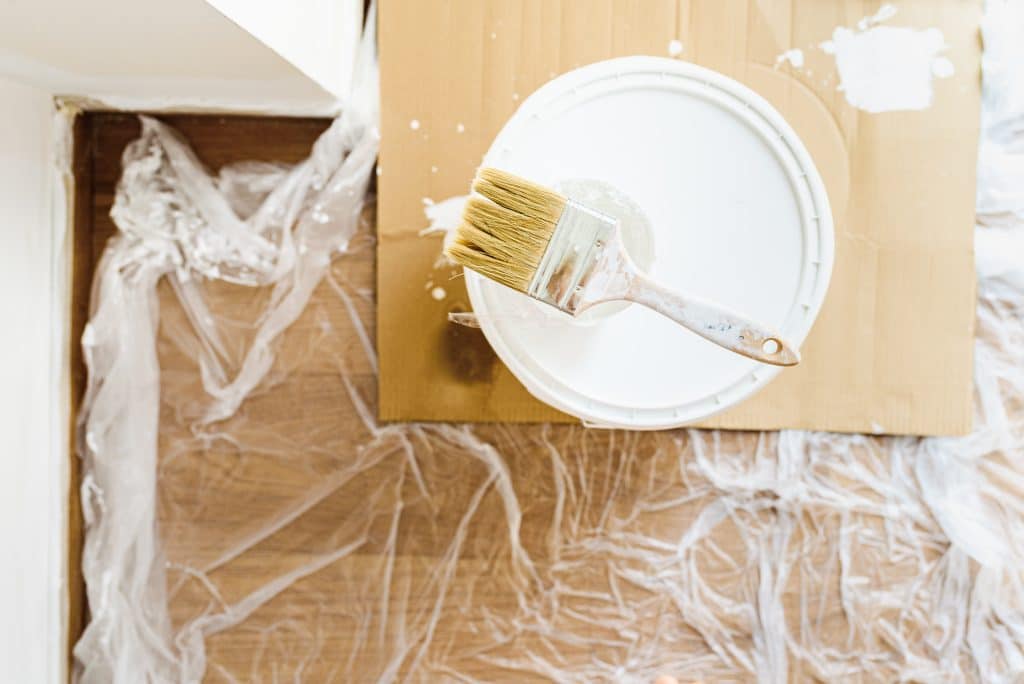
When it comes to storing paint, the container you choose can make a significant difference. Using the original can is often the best option, especially if it’s still in good condition. The original can is designed to keep the paint in optimal condition, and it already has all the necessary labeling, such as color and type.
However, if the original can is damaged or rusting, plastic containers or glass jars can be good alternatives. Plastic containers are lightweight and easy to handle, but make sure they are airtight to prevent the paint from drying out. Glass jars are excellent for small amounts of paint and allow you to see the color easily, but they can break, so handle them with care.
Labeling Your Paint Containers
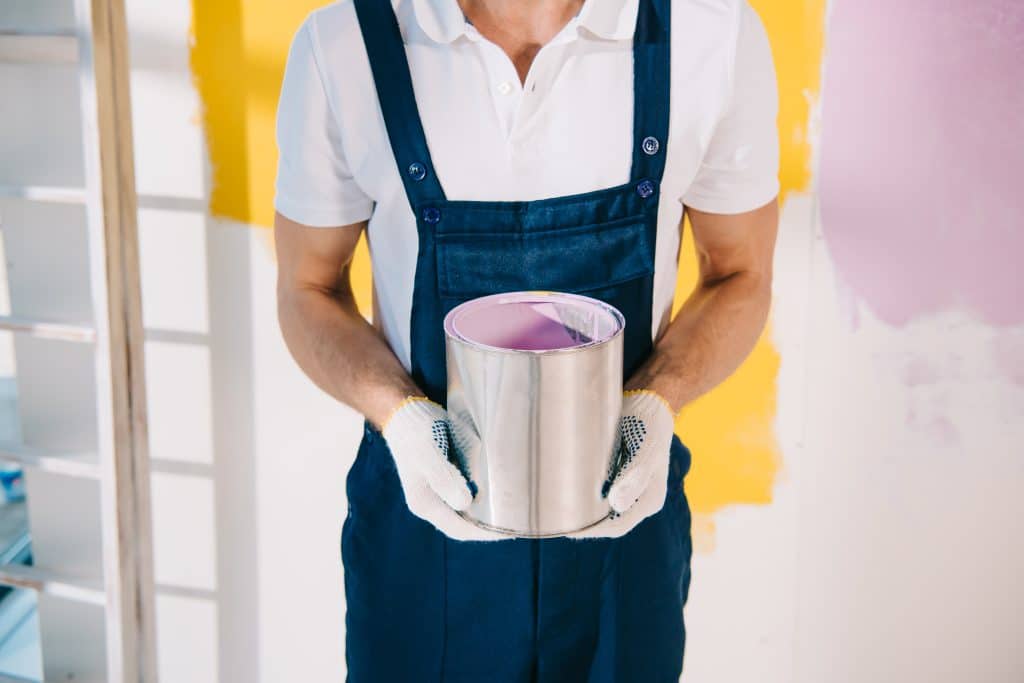
You might think you’ll remember that “Mystic Blue” is for the bathroom and “Sunset Orange” is for the kitchen, but memories fade. That’s why labeling your paint containers is essential. Write down the color, type of paint, and date of purchase. You can even add a small swatch of the paint color on the label for easier identification.
Labeling is not just for your convenience; it’s also a safety measure. If you ever decide to dispose of the paint, proper labeling will help waste management services handle it appropriately. With your paint now labeled, you’re ready to focus on the actual storage conditions, ensuring that your leftover paint remains in top-notch condition for future use.
Ideal Storage Conditions
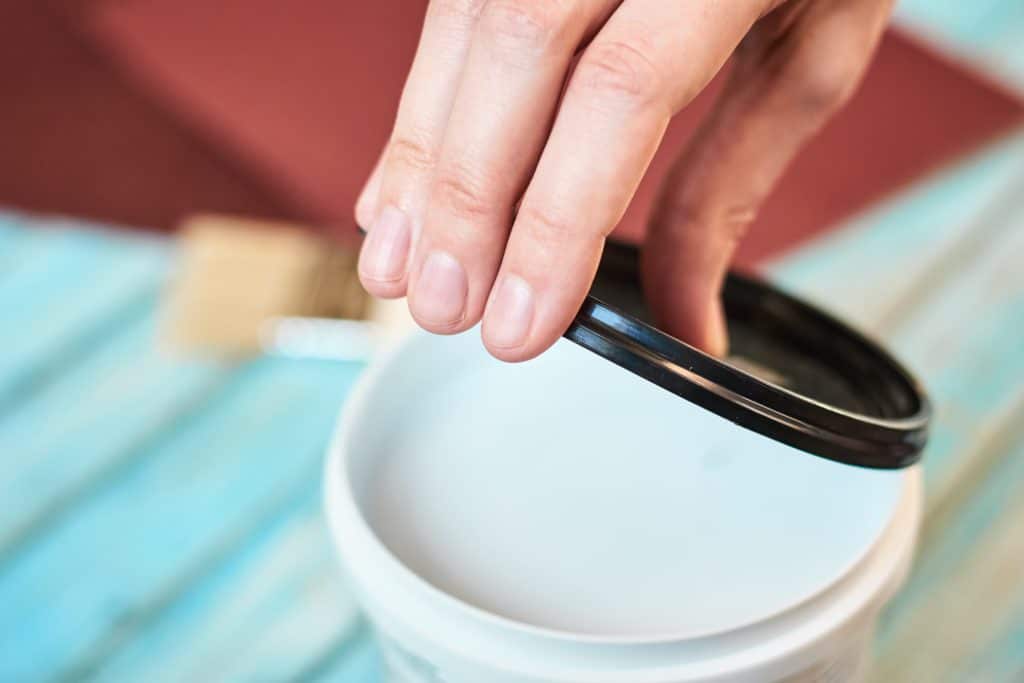
The environment in which you store your paint can significantly affect its longevity. Temperature plays a crucial role; for most paints, a cool, dry place with a consistent temperature between 60-80°F is ideal. Extreme temperatures can cause the paint to freeze or separate, rendering it unusable. Humidity is another factor to consider; high humidity levels can lead to mold and mildew, compromising the paint’s quality.
Light exposure is often overlooked but can be detrimental to the paint’s color and composition. While most paints are formulated to withstand light exposure when applied to walls, the same doesn’t hold true for paint in storage. Keeping your paint in a dark place helps maintain its original color and consistency.
Periodic Checks And Maintenance
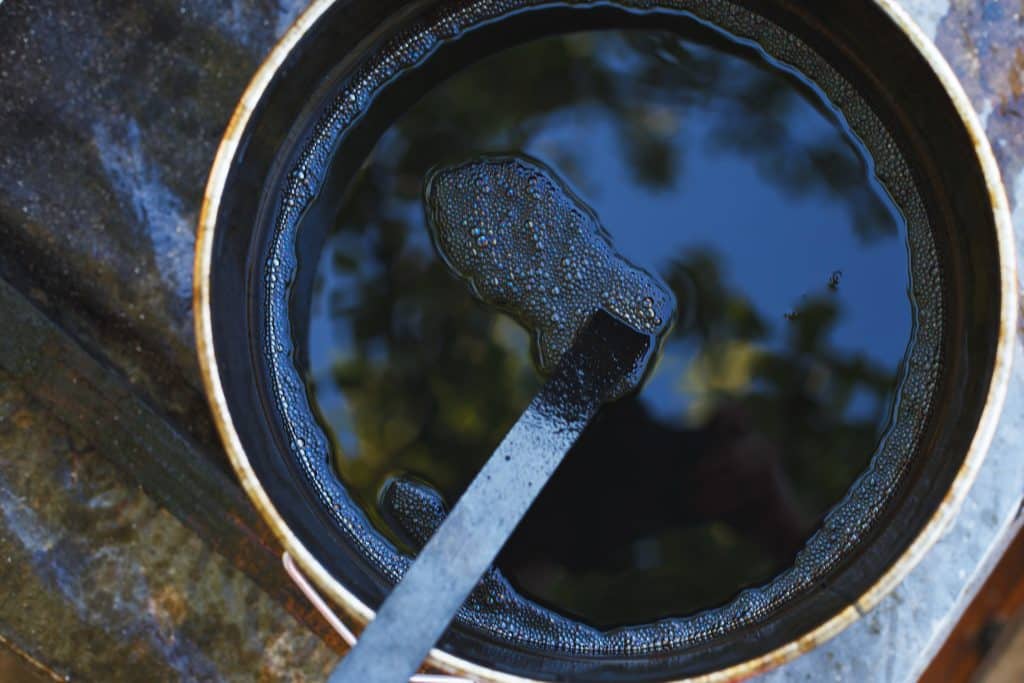
Even with ideal storage conditions, it’s crucial to check your paint from time to time. Look for signs of good paint, such as consistent color, a smooth texture, and a lack of foul odors. If the paint still mixes well when stirred, that’s a good indicator of its usability. On the other hand, if you notice any separation that doesn’t resolve with stirring, a foul odor or mold, it’s time to dispose of the paint.
Regular maintenance can extend the life of your paint. If you notice a film forming on the top, remove it to prevent it from mixing with the rest of the paint. Keep the rim clean and the lid tightly sealed to prevent air from entering the container. With these checks, you’ll know when your paint is still good and when it’s time to say goodbye, which leads to the final topic: disposal.
When And How To Dispose Of Leftover Paint
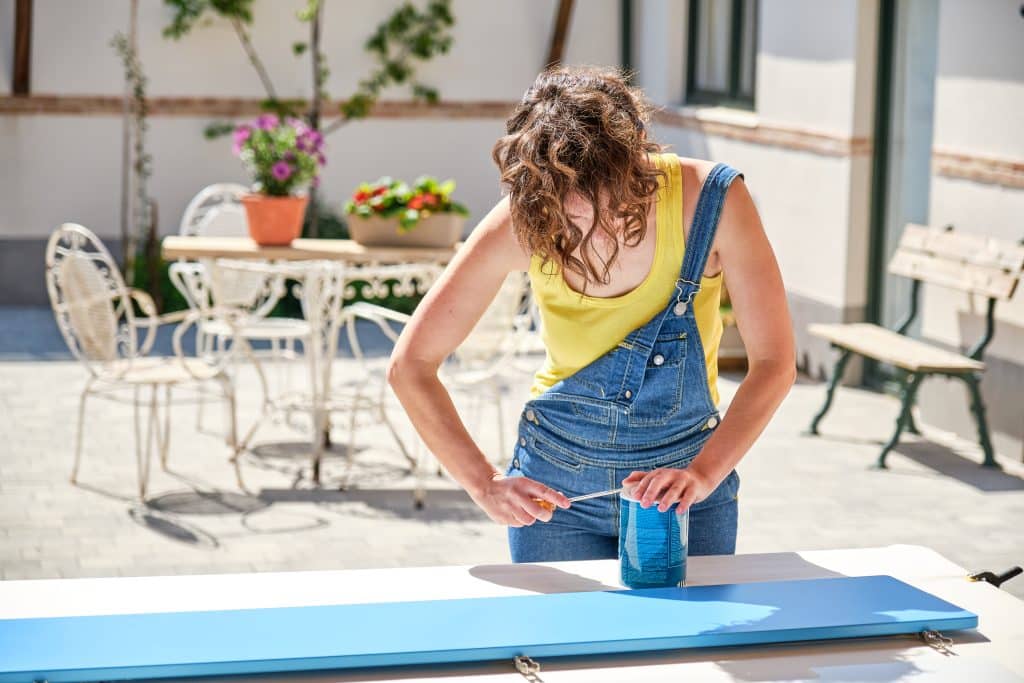
Disposing of paint isn’t as simple as throwing it in the trash. There are local and federal guidelines to consider, as improper disposal can be harmful to the environment. Always check your local regulations for disposing of paint. Some areas have designated drop-off locations for hazardous waste, while others may offer recycling programs for unused paint.
If your paint is still in good condition, consider donating it. Many organizations, such as schools or community centers, can make good use of leftover paint for their projects. If recycling or donation isn’t an option, follow the proper disposal methods outlined by your local waste management services. Proper disposal ensures that you’re adhering to environmental guidelines while making room for new paint supplies.
Ensuring The Longevity Of Your Stored Paint
Storing leftover paint is more than just a post-project afterthought; it’s a meticulous process that ensures you’re ready for future touch-ups or new creative endeavors. You’ve learned about the importance of preparation, the ideal conditions for storage, and even the responsible ways to dispose of paint. With this newfound knowledge, you’re not just storing paint; you’re preserving the potential for your next masterpiece. So go ahead, store that leftover paint with confidence, and who knows what your next project will bring!



